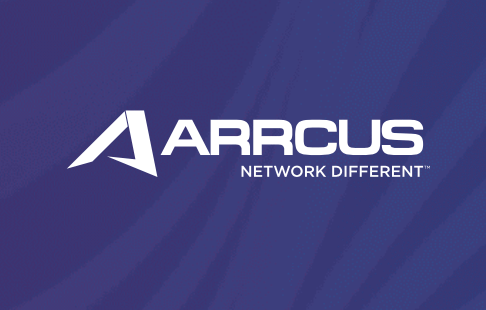Juniper Networks unveiled its AI-Native Networking Platform, unifying all of the company's campus, branch and data center networking solutions with a common AI engine and Marvis Virtual Network Assistant (VNA). The idea is to leverage end-to-end AI for IT Operations (AIOps) for deep insight, automated troubleshooting and seamless end-to-end networking assurance.
Juniper says its AI-Native Networking Platform provides the simplest and most assured Day 0/1/2+ operations, resulting in up to 85 percent loweroperational expenditures than traditional solutions, demonstrates the elimination of up to 90 percent of network trouble tickets, 85 percent of IT onsite visits and up to 50 percent reduction in network incident resolution times.
“AI is the biggest technology inflection point since the internet itself, and its ongoing impact on networking cannot be understated. At Juniper, we have seen first-hand how our game changing AIOps has saved thousands of global enterprises significant time and money while delighting the end user with a superior experience. Our AI-Native Networking Platform represents a bold new direction for Juniper, and for our industry. By extending AIOps from the end user all the way to the application, and across every network domain in between, we are taking a big step toward making network outages, trouble tickets and application downtime things of the past,” states Rami Rahim, Chief Executive Officer, Juniper Networks.
The new AI-Native Networking Platform includes two new enhancements to Marvis, the only AI-Native VNA in the industry driven by Mist AI, with proactive recommendations and self-driving operations plus a conversation interface (using GenAI for some use cases). With the following new capabilities, Juniper customers and partners get even more automation and insight:
- Marvis Minis: the only AI-Native Networking Digital Experience Twin, uses Mist AI to proactively simulate user connections to instantly validate network configurations and find/detect problems without users being present. Minis simulates end user/client/device/app traffic to learn the network configuration via unsupervised machine learning and to proactively highlight network issues. Data from Minis is continuously fed back into the Mist AI engine, providing an additional source of insight for the best AIOps responses. No manual configuration is required, as Minis is always on and can be deployed automatically during periods of low network usage (e.g. at midnight on weekends) or via trigger events (e.g. after a network configuration change). Also, unlike conventional digital twinning solutions and synthetic testing, Marvis Minis integrates directly with the network, eliminating manual monitoring and analysis via external sensors, clients and applications.
- Marvis Virtual Network Assistant (VNA) for the Data Center: Juniper is introducing the first and only AI-Native VNA for the data center, delivering the best insight throughout the entire data center lifecycle across any vendor’s hardware. For example, issues with data center cabling, configuration and connectivity from any vendor’s hardware are surfaced in the Marvis Actions UI (from Juniper Apstra) with suggested proactive actions. Additionally, the Marvis conversational interface (CI) allows IT teams to pose direct queries and get simple, seamless insight into the data center product documentation and knowledgebase using GenAI.













